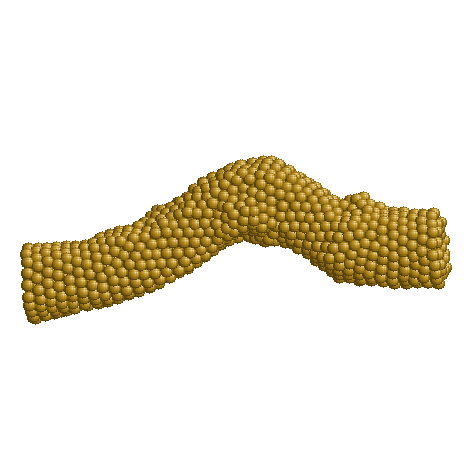|
Goranka Bilalbegović Department of Physics, Faculty of Science, University of Zagreb 
MD simulation tell us what our system does by using computers to follow the trajectory in the phase space of the system. This method started, of course, in: first MD papers. Unfortunately, the word "molecular" is not OK. It should be the method of particle dynamics simulation. Please, when you see "molecular dynamics simulation", do not think only about molecules. Nowadays MD describes structural, dynamical, and electronic properties of materials (metals, semiconductors, organic and biological materials, ferroelectrics, superconductors...). MD simulates solid, liquid, gas, and plasma states; bulk, surfaces, clusters, molecules, and even interaction of galaxies and collision of black holes. Well, MD can do almost everything ! As usual in theoretical physics, the results of MD simulation are compared with experiments. Sometimes good MD work gives really new results and experimentalists have to confirm the results of simulation. Also, sometimes it is important to explore real world on the time and length scales that are not accessible to any existing experimental technique. To use MD simulation is then the only solution. This is why some people call these computer simulations - "computer experiments", "third way of doing science", or "the bridge between experiment and theory". I think that the prediction feature of MD is very exciting. One important direction in MD simulation is to predict the properties of new materials in advance of fabrication and experiments. |